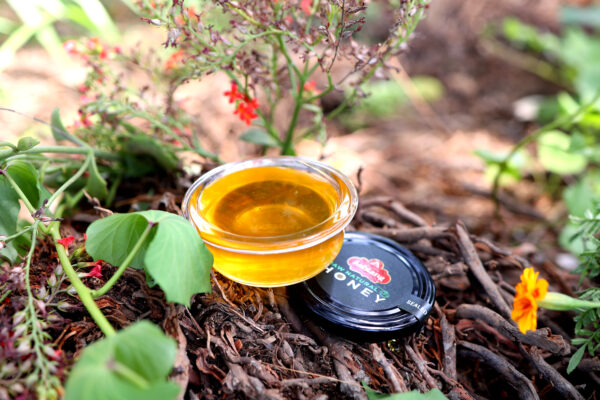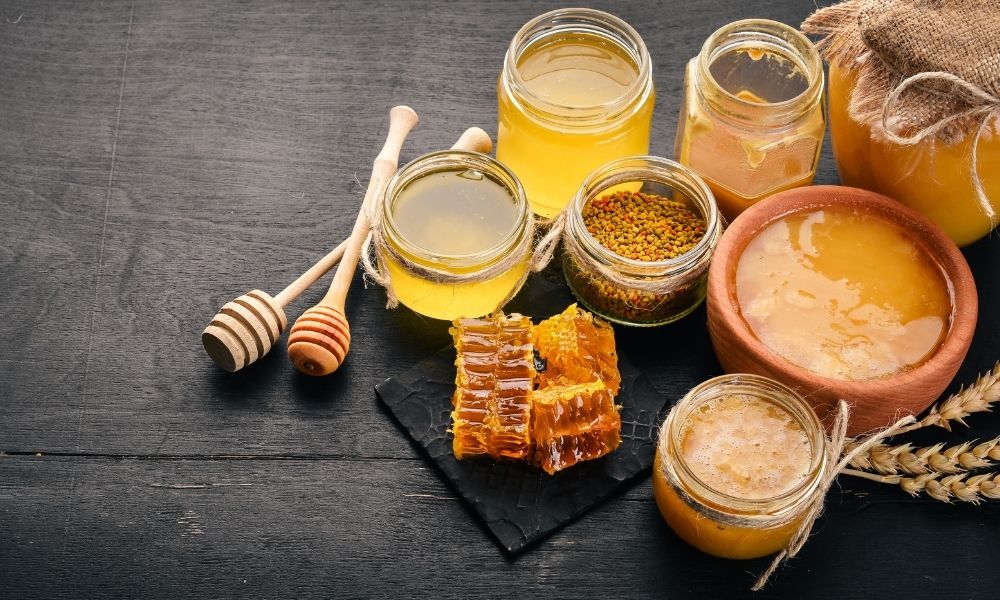With its unique properties, mad honey remains one of nature’s most fascinating substances, captivating scientists, naturalists, and enthusiasts alike. This exceptional variety of honey, produced under specific natural conditions, offers a remarkable example of how location, flora, and traditional harvesting methods combine to create something truly extraordinary.
Natural formation process
The unique properties of mad honey emerge from a remarkable natural process. When bees collect nectar from specific rhododendron species growing at high altitudes, they inadvertently gather natural compounds that transform ordinary honey into something extraordinary. These special circumstances typically occur in mountainous regions where particular rhododendron species thrive in the pristine environment.
Physical characteristics
Mad honey possesses distinct physical properties that set it apart from conventional honey varieties. Its color ranges from light amber to deep burgundy, depending on its origin and the specific flowers visited by the bees. The texture often appears slightly more crystalline than regular honey, with a consistency that can vary from thick and creamy to moderately flowing. The aroma profile of mad honey presents another fascinating aspect. It often carries subtle floral notes combined with earthy undertones, creating a unique olfactory experience. This distinctive scent serves as one of several natural markers of authenticity for experienced collectors.

Regional variations
Different regions produce mad honey with varying characteristics based on local environmental factors. High-altitude varieties often display more concentrated properties compared to those from lower elevations. The specific rhododendron species present in each region also influence the honey’s final characteristics.
Seasonal influence
The timing of harvest significantly impacts mad honey’s properties. Spring harvests often yield honey with different characteristics compared to autumn collections. These seasonal variations reflect changes in local flora and environmental conditions, creating distinct varieties throughout the year.
Scientific interest
The scientific community continues to study mad honey’s unique properties with great interest. It attempts to understand specific plant compounds and the honey-making process. This ongoing investigation helps explain how traditional knowledge aligns with modern scientific understanding.
Natural preservation
Mad honey demonstrates remarkable natural preservation properties. This honey is also naturally compounded, which makes it able to last a long time. The unique compounds found in mad honeycontribute to its preservation, drawing interest from both traditional practitioners and modern researchers.
Cultural significance
Different cultures have recognized and appreciated mad honey’s unique properties. Traditional knowledge systems often include a detailed understanding of these properties passed down through generations. This cultural heritage continues to inform modern appreciation and use of this remarkable substance.
Environmental factors
A variety of environmental factors influence mad honey’s properties. Factors such as altitude, rainfall, temperature, and soil composition all influence the final product. This environmental dependency makes mad honey a unique indicator of ecosystem health in its native regions. Current scientific interest in mad honey continues to grow as researchers explore its properties using modern analytical methods. This ongoing research helps bridge traditional knowledge with contemporary understanding, revealing new aspects of this fascinating substance.
Mad honey represents a remarkable example of nature’s complexity and the importance of traditional knowledge in understanding natural substances. Its unique properties, formed through specific environmental conditions and careful harvesting practices, continue to intrigue people worldwide. The ongoing exploration of mad honey’s unique properties serves as a reminder of nature’s remarkable capabilities and the value of preserving traditional knowledge.

